Transborder Immigrant Tool Series: Cottonwoods and Animal Tracks Will Lead to Water in the Desert
The seventh poem in "The Desert Survival Series / La serie de sobrevivencia del desierto" explains how clusters of cottonwood trees indicate a nearby spring, a crucial tip to surviving the desert border crossing between Mexico and the United States.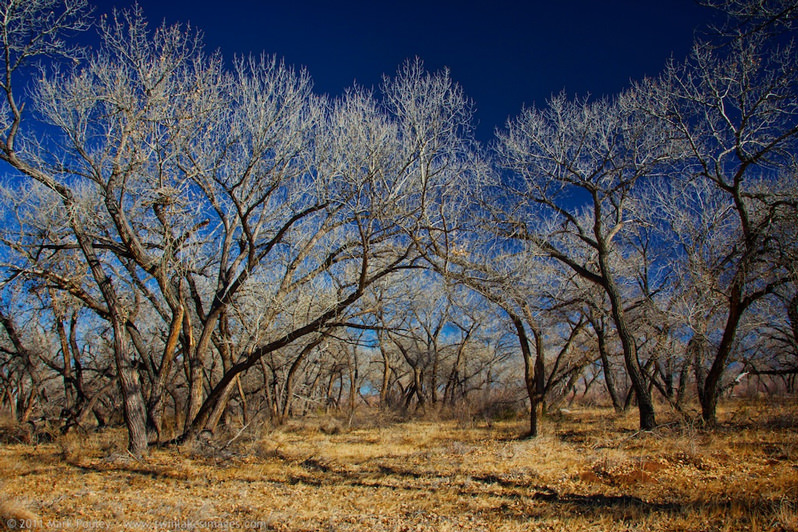 The seventh poem in "The Desert Survival Series" opens with the shade cast by the cottonwood. (Mark Pouley / CC BY-NC-ND 2.0)
The seventh poem in "The Desert Survival Series" opens with the shade cast by the cottonwood. (Mark Pouley / CC BY-NC-ND 2.0)
The seventh poem in “The Desert Survival Series” opens with the shade cast by the cottonwood.
(Mark Pouley / CC BY-NC-ND 2.0)
The Transborder Immigrant Tool is a GPS cellphone safety-net tool for crossing the Mexico-U.S. border. It was developed by Electronic Disturbance Theater/b.a.n.g. lab in 2007 by artists Micha Cárdenas, Amy Sara Carroll, Ricardo Dominguez, Elle Mehrmand and Brett Stalbaum, in conjunction with CALIT2/Visual Arts Department/University of California, San Diego/Program in American Culture, Latina/o Studies/English Department/University of Michigan, Ann Arbor.
Poet Amy Sara Carroll wrote a series of 24 poems, titled “The Desert Survival Series / La serie de sobrevivencia del desierto,” which were uploaded onto cellphones equipped with simple compasses and interfaces. Each poem is a form of lyrical advice that provides readers and listeners with tools for every hour of a day spent in the pernicious borderlands between the U.S. and Mexico. Truthdig is publishing each of these poems in both Spanish and English in our Poetry section, accompanied with bilingual audio recordings by various contributors to the project. To read the first, second, third, fourth, fifth and sixth poems in the series, click on the hyperlinks. For more information on the project, watch the video presentation below.
The seventh poem in “The Desert Survival Series/La serie de sobrevivencia del desierto,” read in English and Spanish by Deirdre de la Cruz.
7.
Cottonwoods spread a welcome–shade. Clusters also indicate a desert stream or an underground spring close to the surface. Cut the tracks of animals. Walk in the footprints of coyote or fox to the freshest water available. Flies and mosquitoes rarely move far from a source. Javelina divine permanence, traveling in the corridors of washes. The flight paths of birds, like pigeons and doves, indicate the proximity of an oasis. They drink in the evenings. If they are flying low and slow, follow their direction. Where they came from may be where you need to go to refill bottles or canteens.
Los alamos negros ofrecen una bienvenida–la sombra. Las arboledas también indican un arroyo en el desierto o un manantial subterráneo cercano a la superficie. Rastree las pistas de las animales. Camine en las huellas de los coyotes o los zorros hacia el agua mas fresca. Las moscas y los mosquitos rara vez se alejan de una fuente de agua. La divina permanencia de los jabalÃs, viajando por las zanjas. Las trayectorias del vuelo de los pájaros, como los pichones y las palomas, también indican la cercanÃa de un oasis. Ellos beben por las tardes. Si vuelan bajo y despacio, siga su dirección. De donde vienen quizás sea donde necesite ir para llenar su botella o frasco.
Independent journalism is under threat and overshadowed by heavily funded mainstream media.
You can help level the playing field. Become a member.
Your tax-deductible contribution keeps us digging beneath the headlines to give you thought-provoking, investigative reporting and analysis that unearths what's really happening- without compromise.
Give today to support our courageous, independent journalists.
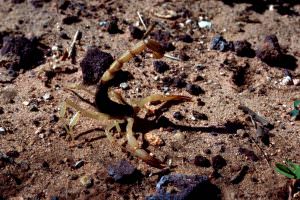
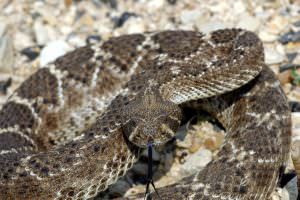
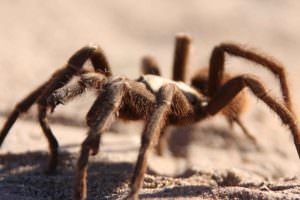
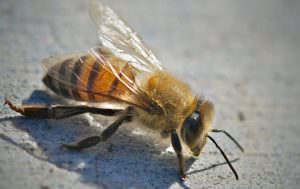
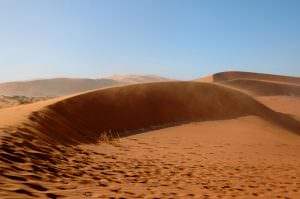
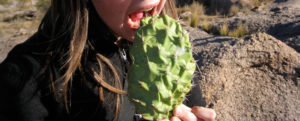
You need to be a supporter to comment.
There are currently no responses to this article.
Be the first to respond.